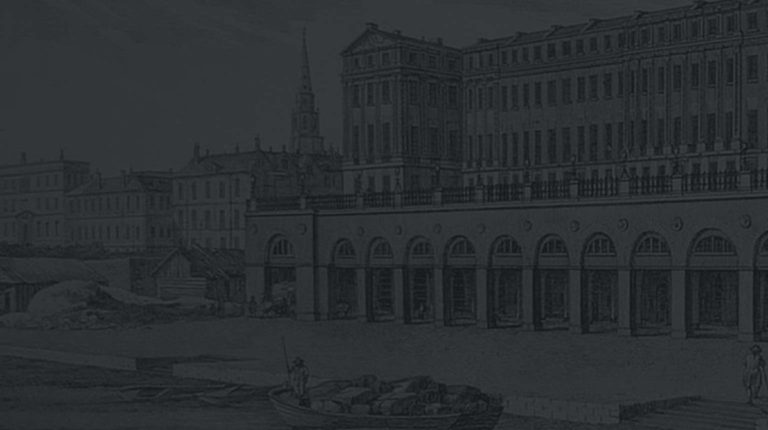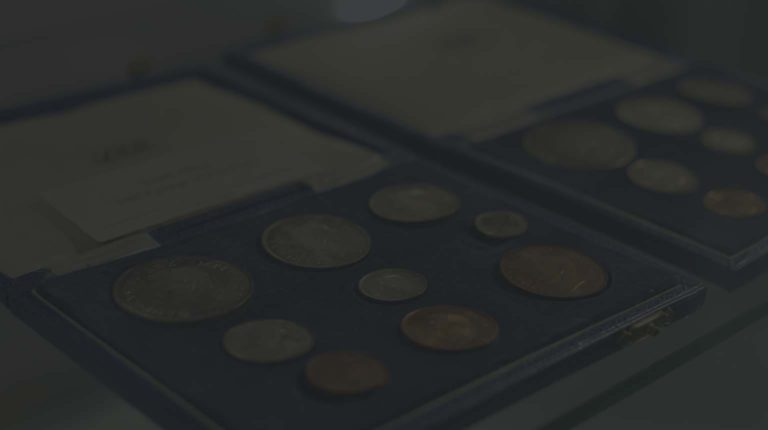It has been a fact of British numismatics for many years that one of the most famous coins is the 1933 Penny. Its rarity is of course a primary factor, but the reason it has grasped the attention of the public is probably down to the word ‘penny’.
It’s a common, everyday word, and a common, everyday item – you’ve probably got a penny in your back pocket right now, or at the very least sitting silently in your loose change jar at home.
Because it is a penny, it becomes immediately identifiable – especially to the non-numismatic community for whom words like ‘tetradrachm’, ‘quinarius’ or ‘siliqua’ probably mean nothing more than a pretty good Scrabble score.
‘Penny’, however, is a thing we can all recognise, and the fame of the 1933 penny has meant that for generations people all over the UK have been checking their change in the vain hope that maybe, just maybe….
In 1933, the banks had enormous stocks of pennies – so much so that there was no need to make anymore. The actual figure for currency pennies produced with the 1933 date is, according to the Royal Mint Museum, ‘no more than six or seven’. What is definite, is that three of these are now in private hands.
Coincidentally, that same figure is true of the Lavrillier Pattern Penny, designed as an experiment for the relief of the bronze pennies of which the Royal Mint and the banks had such huge stocks.
Just as with the currency version, the Copper Pattern Penny is extremely rare – in fact, only four are known to exist: one is in the Royal Mint Museum, and the other three are in private hands. Of those in private hands, one is now available to buy at our London Auctions in May.
The existence of these Pattern Pennies has never been fully published until now, and after much research and collaboration (we are indebted to Mr G P Dyer of the Royal Mint Museum for his contribution), we can now authoritatively state the reasons for their presence amongst the numismatic elite.
The George V Copper Pattern Penny, 1933, by Andre Lavrillier.
As struck and extremely rare – one of only four known examples.
Estimate: £35,000-40,000
The story actually goes back to 1929, when the Royal Mint was commissioned to mint a coinage for Romania, depicting a new effigy of King Carol II. This likeness was created by a French artist of some considerable experience who went by the name of Andre Lavrillier.
Naturally, to produce any likeness upon a coin call for a close collaboration between artist and mint craftsman, so Lavrillier travelled to London in 1930 to aid the process.
The Deputy Master, Sir Robert Johnson, of the Royal Mint at the time greatly impressed with Msr Lavrillier – a fact noted in the 1930 Royal Mint report. The report makes a great deal of Johnson’s high opinion of Lavrillier’s artistic skill and his understanding of the technicalities in die making – an understanding that was often lacking in his English counterparts.
In February 1931, at the 71st Royal Mint meeting of the ‘Standing Committee on Coins Medals and Decorations’ at St James’ Palace, the fifth item on the agenda was ‘The Effigy of His Majesty (George V) for Imperial Coins and Reverse of Bronze Coinage’. Sir Robert further emphasised how impressed he had been with Lavrillier’s work on the Romanian commission, and gave his opinion that Lavrillier could well be the person to eliminate the ghosting that had blighted the bronze coinage of much of George V’s reign.
In a pique of characteristic Britishness, several members of the committee openly questioned whether it was necessary to employ someone from abroad to do the work. In equally stereotypical fashion, they eventually acquiesced enough to ‘wait and see’ what Lavrillier could produce.
Lavrillier was thorough, and it was not until January 1933, at the 5th meeting of the Standing Committee at St James’ Palace that the (once again) 5th item on the agenda was (once again) ‘The Effigy of His Majesty for Imperial Coins and Reverse of Bronze Coinage’. At this meeting, the committee were presented with electrotype of Lavrillier’s model, together with “specimens struck in a metal press…bearing Lavrillier’s revised bust of his Majesty and new reverse”.
The committee’s dogmatism once more came to the fore, with the Chairman declaring that the new designs did not ‘fully eliminate the ghosting as desired’, with one member noting that he actually preferred the older version. There were also criticisms of the design of the effigy, particularly the shape of the neck.
Although not formally recorded, it is surmised from the minutes of this meeting that Lavrillier’s experiment was effectively ended right there. The specimens presented to the committee found their way into the Mint Museum in November 1935. Records show their arrival, and there are later pencil-marks that show them being de-accessioned from the museum’s holdings.
After that, the record falls into silence.
Lavrillier himself would go onto to produce patterns and designs for the coinage of France and her colonies (many of which were still in use as late as 1966). His four proof pennies exist, however, to this day. The records may well have ended, but when a specimen does appear for sale, the rare opportunity it presents and the immense amount of interest it generates means that new records may well be on the horizon….
To view the entire catalogue for this auction, click here.
Want to see your collection or item here? Baldwin’s is now taking consignments for our 2016/17 auctions – for more details call Seth Freeman on +44(0)20 7930 9808 or email seth@baldwin.co.uk.
To see why our auctions consistently achieve the best results for our consignors, click here.


